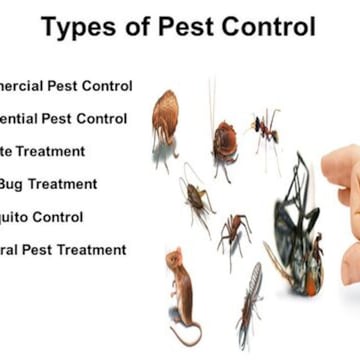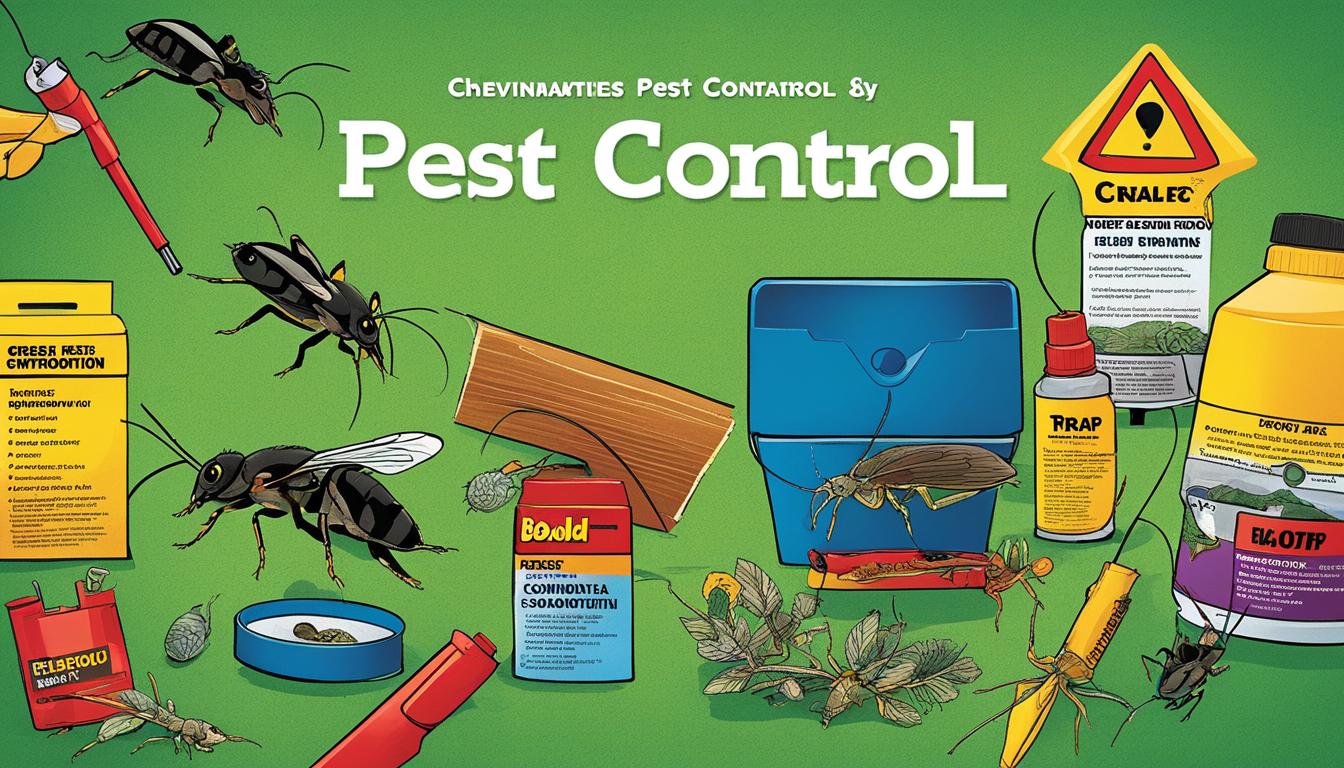The 8-Second Trick For Pest Control
Table of ContentsThe Of Pest ControlPest Control Can Be Fun For AnyoneSome Known Factual Statements About Pest Control Getting My Pest Control To Work4 Simple Techniques For Pest Control
Limitations of Chemical Monitoring Be able to examine bug issues, figure out if administration is needed, and make ideal referrals using IPM strategies. Recognize with various methods of parasite monitoring - their advantages and restrictions. Comprehend the value of useful pests. It is not possibleor also desirableto rid gardens of all bugs.This phase discusses (IPM), a technique that utilizes knowledge regarding parasites and their, techniques, nonchemical techniques, and pesticides to take care of parasite problems. Extra details regarding IPM for particular plants is included in phases that focus on those plants. Nonchemical bug control procedures are stressed in chapter 17, "Organic Horticulture." Taking care of birds and creatures is covered in chapter 20, "Wildlife." Managing in the lawn and yard is covered in chapter 6, "Weeds." Insects in a garden or landscape might include pests and mites, weeds,, animals, and birds.
Many individuals rush to draw, hoe, or spray every weed they see. Insects and weeds, however, contribute in the. After growing a yard or establishing a yard, the natural process of plant sequence starts to restore and nonnative plants. A weed expanding in a lawn represents the initial stage in a series of events that, if permitted to proceed, can at some point cause a forest.
What we call "bugs" are part of an all-natural system at the office. An ecological community has no bugs. Only people take into consideration specific species bugs when they happen where they are not desired. We will certainly be more successful in taking care of unwanted types when we realize that these organisms adhere to foreseeable patterns that we can use to our advantage.
Some Known Incorrect Statements About Pest Control
Bugs vulnerable to a pesticide were promptly eliminated, leaving resistant ones to reproduce and multiply. It came to be clear that chemicals alone would not fix all insect troubles. Instead, overuse of chemicals created the development of resistant insects. Scientists started to develop a brand-new technique to pest control. This new method was called integrated pest administration (IPM).
An IPM plan allows some level of insects in the setting. Pests are much less most likely to make it through a program that makes use of lots of different techniques of decreasing their populations. Integrated bug administration was first suggested by entomologists because insects were the very first team of pests to show difficult to manage with chemicals alone.
insect and host properly. and take into consideration financial or aesthetic injury. A threshold is the factor at which action should be taken. a treatment method utilizing mechanical, social, organic, or chemical controls, or a combination of these methods. success of therapies. IPM has extended past bugs to monitoring of all pest populations: weeds, condition microorganisms, and animals.
Not known Incorrect Statements About Pest Control
Administration rather than eradication of insects is the goal. An blog here IPM strategy starts with a cautious assessment of each insect problem.
Clover expanding in a lawn might be deemed an undesirable weed, however as a legume it is synthesizing nitrogen for the soil and the flowers are offering nectar to honey and various other. Tolerance for some weeds might be component of an IPM strategy. may be eating the fallen leaves of a plant, yet when they are recognized as the larvae of Eastern tiger swallowtail butterflies, their damage may be endured so we can appreciate the attractive butterfly.

The second essential tool in bug monitoring is very early treatment. Existing and watchful in the yard makes sure early detection. Responding to click site issues rapidly, prior to they have time to multiply, needs a much less significant intervention. The 3rd essential tool is recordkeeping; tracking what happens in the yard enables a garden enthusiast to recognize patterns and make notified decisions.
The 8-Minute Rule for Pest Control
Many safe, practical, nonchemical methods of plant security and parasite administration may reduce or eliminate the demand to spray. Other techniques are most valuable when utilized with pesticides. To apply management practices correctly and to decrease losses, garden enthusiasts should understand the kinds of parasites that attack plants and comprehend pest biology.

Conducting a soil examination and using only the advised quantity of plant food and lime maximizes the advantage to the plant while minimizing troubles associated with extreme use of fertilizer - Pest Control. Treatment the soil with several inches of compost shields the plant in several methods: minimizing soil water loss to evaporation, lessening weed competition, offering nutrients, and producing an ideal environment for earthworms and microbes that keep the dirt loose for roots and damage down organic product to release nutrients
If mulch touches the trunk, it can develop a method for voles, bacteria, and fungi to attack the plant. Do not use manure or compost that has see here actually not extensively decomposed as a leading dressing because it can motivate unfavorable pests. Research recommends that tilling the dirt is destructive to soil structure.
A Biased View of Pest Control
If tilling is considered needed, consider doing it in the autumn when the life cycles of lots of pests brings them near the surface. At the surface area, pests end up being exposed to the climate as well as birds and other all-natural opponents.